


Aircraft of the Month for March 2000
Fisher P-75 Eagle
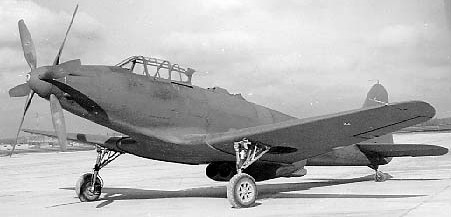
XP-75




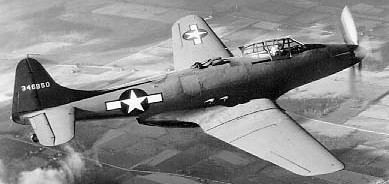
(X)P-75A
Before the XP-75 had flown the USAAF realized it needed a long range escort fighter and ordered six considerably changed XP-75A prototype long-range fighters on 6 July 1944. Numerous modifications were made into the XP-75A to correct the faults of the XP-75, including a new cockpit canopy, a residigned tail, and a different engine. By this time the idea of using shared airframe components had to be abandoned. On 7 June 1944 the USAAF ordered 2500 P-75A escort fighters requiring them to meet the specified performance. The XP-75A first flew on 15 September 1944. By the time the first XP-75A had commenced test flights, the P-47 and P-51 had developed enough range to be used as escort fighters for bombing missions over Germany (in the P-47D and P-51D versions), and the USAAF did not neet a new escort fighter. As a result it canceled its order of P-75s on 27 October 1944. Only five were completed and they were used for tests.
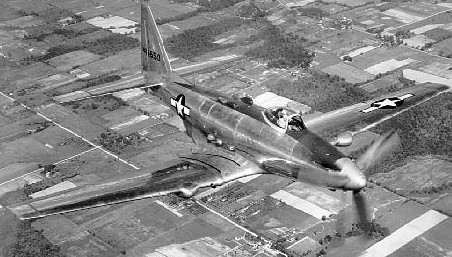
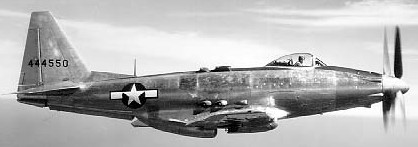
P-75A
Fisher P-75 Eagle Specifications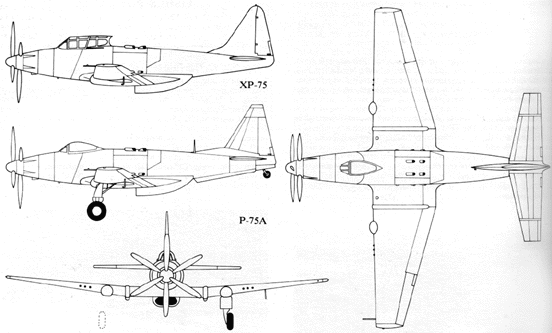 | |||
|---|---|---|---|
| XP-75 | XP-75A | P-75A | |
| Type | Interceptor/Fighter | Long-range fighter | |
| Powerplant | Two Allison V-3420-19 24-cylinder double-banked Vee pison engines, 1939kW (2600hp) each | Two Allison V-3420-23s, 2151kW (2885hp) each | Two Allison V-3420-23s, 2151kW (2885hp) each |
| Accommodation | Pilot only | ||
| Armament | 10 .50in (12.7mm) forward-firing Browning machine guns + 907kg (2000lb) of bombs |
| |
| Fuel Capacity | 2021L (534 US gal)/2850L (753 US gal) | 2415L (638 US gal)/3248L (858 US gal) | |
| Performance | |||
| Max speed | 673km/h (363kt) at 21,600ft | 650km/h (351kt) at 20,000ft | 644km/h (348kt) at 20,000ft |
| Cruising speed | 505km/h (273kt) | ||
| Landing speed | 142km/h (76kt) | ||
| Range | 3299km (1780nm) | 1851km (1000nm) | 3460km (1870nm) |
| Max Range | 5633km (3040nm) | 6196km (3350nm) | |
| Service Ceiling | 1109m (3640ft) | 11,095m (36,400ft) | 11,582m (38,000ft) |
| Absolute Ceiling | 12,040m (39,500ft) | 11,582m (38,000ft) | No data |
| Climb Rate | 21m/s (4200ft/min) | 18m/s (3448 ft/min) | |
| Weights | |||
| Empty | 5214kg (11,495lb) | 5105kg (11,255lb) | |
| Gross | 6263kg (13,807lb) | 8081kg (17,815lb) | 8108kg (17,875lb) |
| MTOW | 8260kg (18,210lb) | 8809kg (19,420lb) | |
| Dimensions | |||
| Wingspan | 14.96m (49ft 1in) | 15.03m (49ft 4in) | |
| Length | 12.64m (41ft 6in) | 12.59m (41ft 4in) | |
| Height | 4.72m (15ft 6in) | 5.02m (16ft 6in) | |
| Wing Area | 31.77m² (342sq ft) | 32.23m² (347sq ft) | |